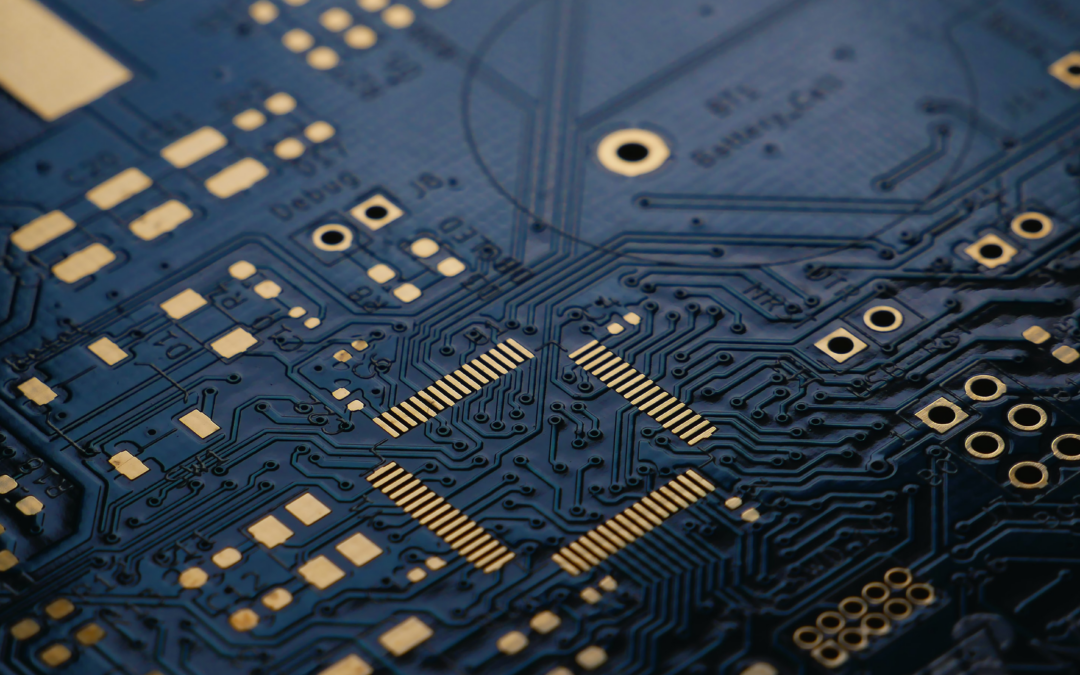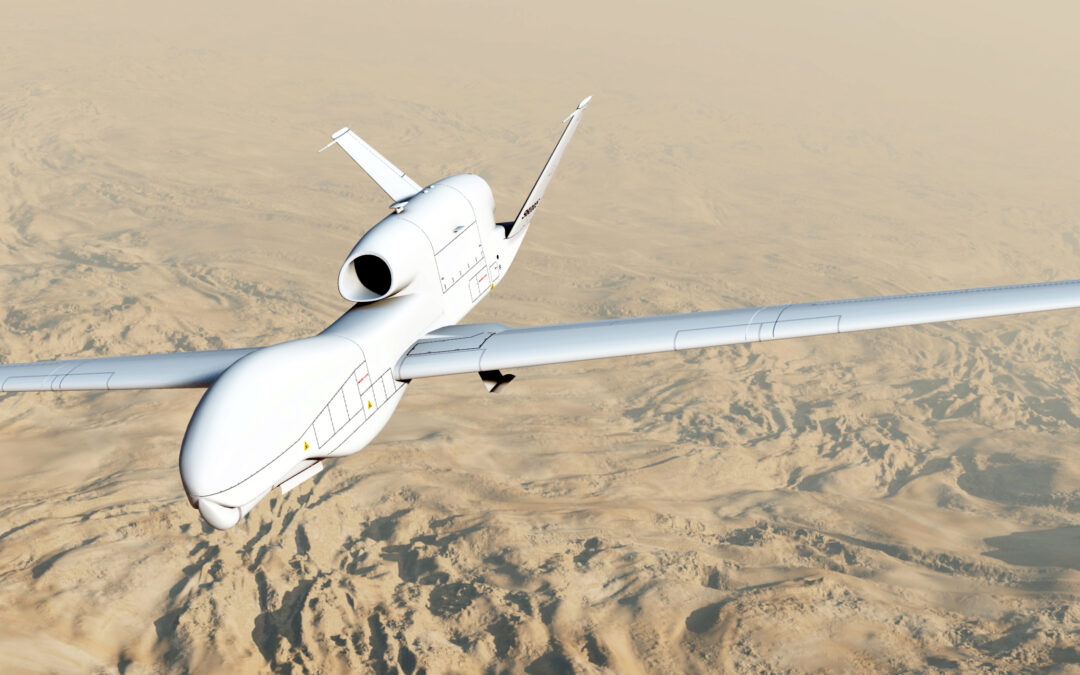Introduction to Biconical Antennas
June 2021In a previous post, we briefly explained that broadband antennas are antennas that operate over a wide band of frequencies, or “bandwidths,” higher than 1 octave. We also explained that broadband antennas come in a variety of forms. In this post, we will discuss a particular type of broadband antenna: the biconical antenna.
The phrase “biconical antenna” describes a broadband antennas that are made up of two roughly conical conductive objects, that are nearly touching at their points. Because of their configuration, they can also be referred to as “bowtie” or “butterfly” antennas.
Larger diameter = more broadband.
Biconical antennas have dipole characteristics. The double cone elements structure contributes to their wider bandwidth. The antenna becomes more broadband as the cone angle increases.
Solid or shell biconical antennas aren’t practical for all operations.
Solid or shell bicone structures can sometimes be too large for most frequencies of operation. Thus, many antennas are designed to mimic the standard biconical geometry, but with altered structure and materials.
The wire bow-tie, for example, reduces the weight and wind resistance of a structure. Although one wire bow-tie would be very narrowband in comparison to actual cone-shaped or triangular sheet antenna, multiple (8+) intersecting wires can achieve the same radiation characteristics of its counterparts.
Bioconical antennas can be used in a number of applications, typically in the VHF and UHF frequency ranges.
JEM Engineering develops low-profile and versatile biconical antennas.
They are often used in electromagnetic interference (EMI) testing either for immunity testing, or emissions testing.
They are more effective than half-wave dipoles, because biconical antennas allow continuous sweeps, allowing for more ease in discovering anomalies.
The LBC-0718, which operates within frequencies from 700 MHz to 18 GHz, weighs about 2 lbs (approx. 0.91 kg) is suitable for SIGINT, signal monitoring, and multi-band communication.

Latest Posts

The Outlook on Flat Panel Antennas
As the name suggests, a flat panel antenna, or FPA, is a simple directional antenna that is low-profile.

5G and Beyond
It’s very likely that you’ve heard the term “5G.” 5G means much more than faster speeds for one’s mobile devices. In this post, we briefly introduce 5G and contextualize the technology’s potential in the defense sector.

Scaling Unmanned Operations for Defense
In this post, we explore some of the opportunities and challenges facing unmanned operations in the defense sector.
Artificial intelligence (AI), which manifests itself in different forms, from website chat boxes to unmanned military operations, is broadly defined as any system or machine that is designed to imitate human intelligence, in order to perform tasks and improve upon itself using the increasing amount of information it collects.
